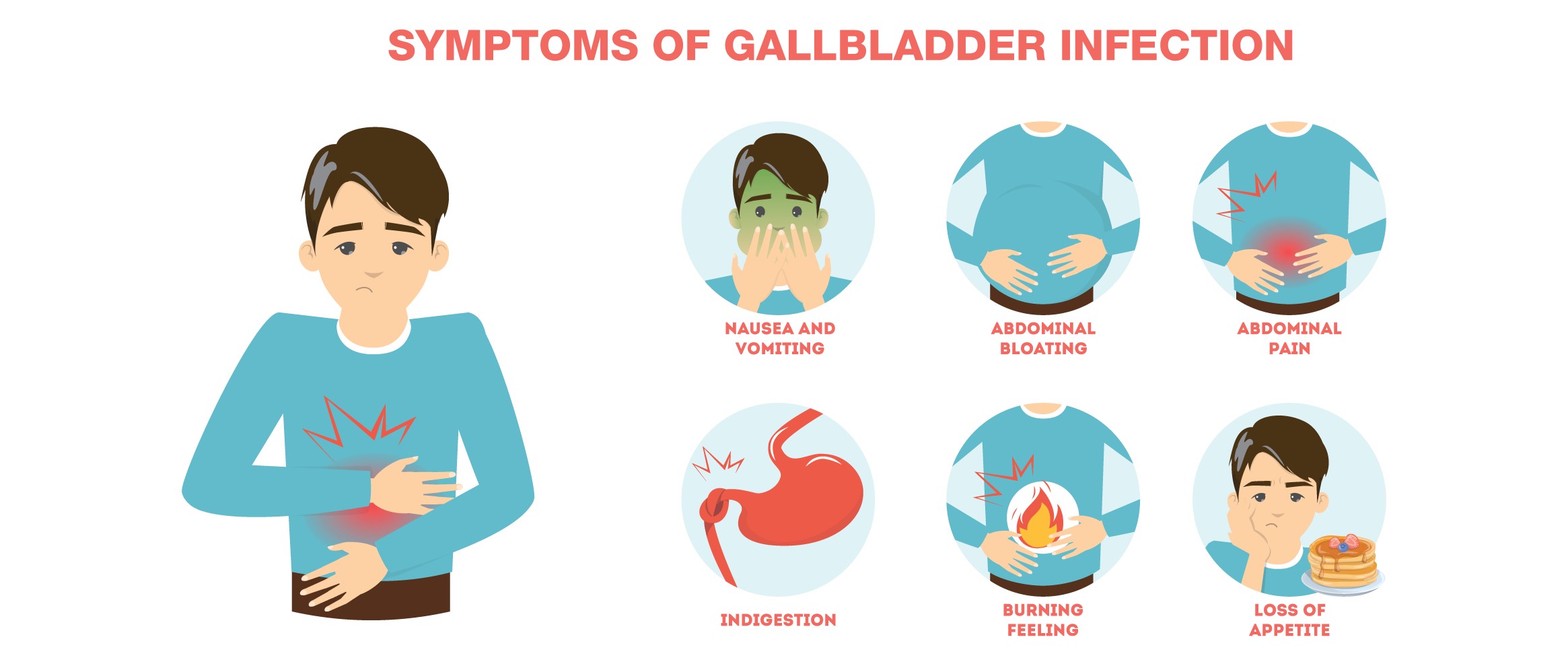The bile acids aid in the digesting process by assisting with meal absorption. They are produced in the liver and released in the gut to break down the fat in the meal that has been eaten. Bile acids are reabsorbed in their majority. After eating, this keeps the level of serum bile acid slightly higher in a healthy individual, but when it rises excessively, such as in Wilson disease, portal-vein thrombosis, Budd-Chiari syndrome, or cholestasis in pregnant women, the patient may not be experiencing the liver's typical functioning. To assess your health, particularly a liver issue, your doctor may recommend a serum bile acid test.
The proper operation of the liver is assessed by the bile acid total, serum test. During digestion, bile acids aid in nutrient absorption. To digest the fat of the meal that has been consumed, they are produced in the liver and released in the gut. This examination is a component of a preventative health check for liver disease. A useful marker for hepatobiliary illnesses such as acute and chronic hepatitis, liver cancer, liver sclerosis, and acute hepatitis is the bile acid test.
What is the Total Bile Acid Test?
The bile acids aid in the digesting process by assisting with meal absorption. They are produced in the liver and released in the gut to break down the fat in the meal that has been eaten. Bile acids are reabsorbed in their majority. After eating, this keeps the level of serum bile acid slightly higher in a healthy individual, but when it rises excessively, such as in Wilson disease, portal-vein thrombosis, Budd-Chiari syndrome, or cholestasis in pregnant women, the patient may not be experiencing the liver's typical functioning. To assess your health, particularly a liver issue, your doctor may recommend a serum bile acid test.
The proper operation of the liver is assessed by the bile acid total, serum test. During digestion, bile acids aid in nutrient absorption. To digest the fat of the meal that has been consumed, they are produced in the liver and released in the gut. This examination is a component of a preventative health check for liver disease. A useful marker for hepatobiliary illnesses such as acute and chronic hepatitis, liver cancer, liver sclerosis, and acute hepatitis is the bile acid test.
Increased levels of total bile acids may be caused by the liver's inability to remove bile acids from the blood. Moreover, it could be brought on by liver cancer, cirrhosis, or hepatic malfunction brought on by an accident.
What is the Purpose of a Total Bile Acid Test?
The accurate indicator of hepatobiliary illness, such as fetal cancer, cirrhosis, and Icterus, etc. is the total bile acid test. The test assesses the significant pregnancy-related intrahepatic cholestasis hazards to the foetus (ICP). The liver's malfunction as a result of damage is determined by a serum bile acids test. To monitor the efficacy of hepatitis C therapy, the test was mandated. There is no liver bilirubin processing in Gilbert disease, an inherited chronic illness. When diagnosed using a bile acids serum test, the condition has a lower risk of injury. The primary purpose of the test is to aid in the analysis of erratic serum bile acid absorptions.
What Does the Total Bile Acid Test Diagnose?
- A tool for assessing liver health
- Before more severe clinical symptoms of sickness, including icterus, develop, the liver's function should be assessed.
- An instrument for assessing hepatic dysfunction brought on by chemical and environmental harm
- A sign that chronic hepatitis C patients on interferon are responding to therapy is an improvement in their hepatic histology.
- Cirrhosis is a condition where the liver is harmed and unable to perform its normal functions. Jaundice (a yellowing of the skin) and other symptoms are brought on by bile acids that accumulate in the blood.
- Cholestasis: This is a situation when the bile flow is obstructed. Jaundice and associated symptoms are brought on by the blood's bile acid build-up.
- Gallstones are solid build-ups that can develop in the gallbladder. These may hurt and stop the bile's flow.
The bile acid test calculates how much bile acid is present in the blood. A high level might be an indication of one of these illnesses.
Why Do You Need a Total Bile Acid Test?
When experiencing liver disease signs including lethargy, dark urine, jaundice, or abdominal discomfort, your doctor could recommend this test. If you have undergone a liver transplant or are on the waiting list for one, this test could also be prescribed.
The bile acid, total test calculates the bile acid, total levels in the blood. Total bile acids can be used to gauge the liver's regular operation because they are metabolised there. The liver's failure to remove bile acids from the portal blood is what leads to high levels of bile acid overall. A rise in total bile acid levels can be seen in cases of intrahepatic cholestasis during pregnancy, chronic hepatitis, liver sclerosis, and liver cancer.
When bile acid values are over 15 mol/L and there are no other hepatic diseases present, the diagnosis of obstetric cholestasis is considered to be accurate. The risk to the foetus has been raised if the bile acid concentrations are more than 40 mol/L.
Preparation and Procedure Required for the Total Bile Acid Test
After a physical examination, the doctor prescribed a test that doesn't require any special preparation: the total serum bile acid test. Up to the 12-hour mark before the test, eating and drinking are normal. Fasting is required for the collection of the test sample. Provide your medical history with your doctor, including any drug interactions. The doctor and lab technician should be informed of any allergies as well, since this may help them make judgements.
- A blood sample is required for the Bile Acids, Total test to determine the number of bile acids in the blood.
- With a clean needle and syringe, approximately 5 ml of blood is extracted.
- It is moved into a tube using a serum separator.
- To separate the serum, the tube is centrifuged. To analyse the data, the lab technician combines the serum with sodium pyruvate.
- The result is compared to the estimated normal level, and the doctor then decides how to proceed with the treatment.
Understanding Total Bile Acid Test Results
After meals, the total bile acid content rises that’s why the samples are taken while fasting.
Total bile acids can be used as a marker for healthy liver function in several laboratory tests since they are processed in the liver.
Patients with liver cancer, hepatic sclerosis, chronic hepatitis, and acute hepatitis all exhibit elevated serum bile acids.
To confirm a diagnosis of pregnancy-related cholestasis, including bile acids. With ICP, maternal blood levels of bile salts are frequently at least three times higher than usual; however, the amounts may range from 10 to 100 times higher. Other liver enzymes, such as ALT, AST, and alkaline phosphatase, that point to overall liver disease can also be found to be elevated in blood testing.
Normal Levels:
The standard reference range is 0.50 to 10.00 mol/L*. From lab to lab, the reference range could change.
High levels:
In individuals with obstructive jaundice or cholestasis, bile acid levels are elevated in the blood and liver, and they may be harmful to hepatocytes due to their intrinsic detergent properties. Hence, cholestatic liver disorders may cause some liver damage due to elevated bile acid levels in hepatocytes.
Bile acids are just one of the laboratory tests that can be performed to confirm a diagnosis of cholestasis of pregnancy. With ICP, maternal blood levels of bile salts are frequently at least three times higher than usual; however, the amounts may range from 10 to 100 times higher.




 NABL approved
NABL approved  Most Trusted by
Most Trusted by  Accuracy &
Accuracy &  Widest Range
Widest Range 















